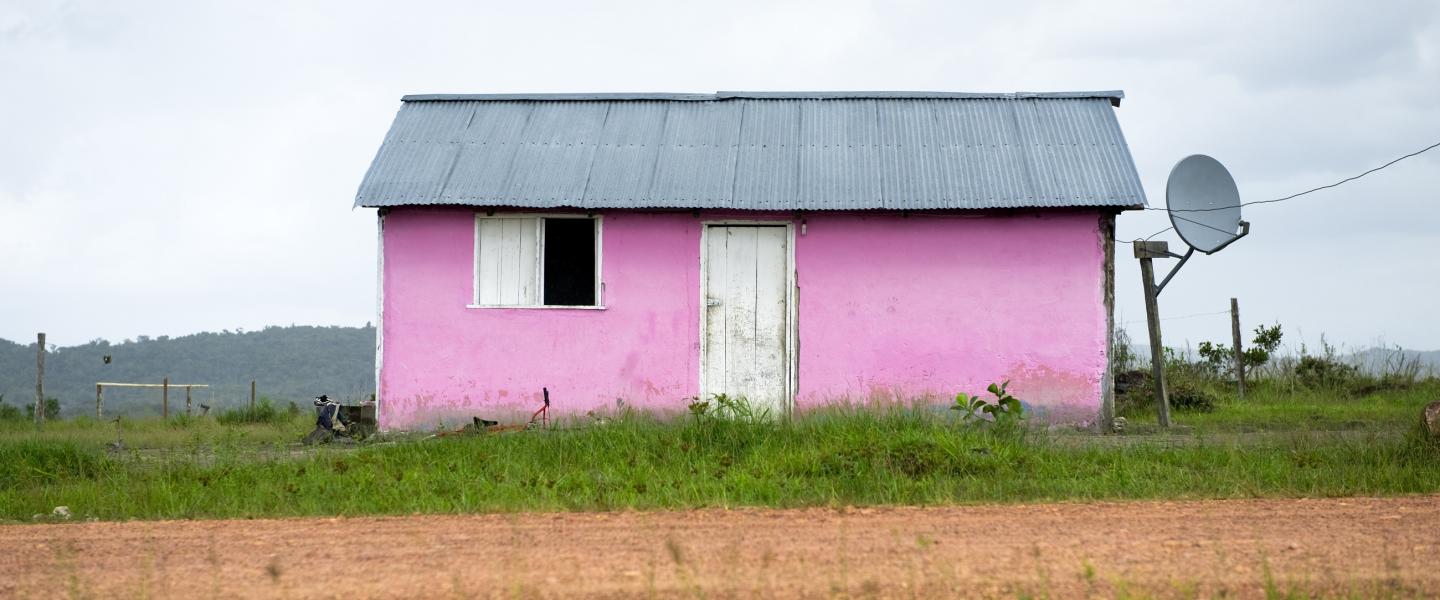Paving the Load to Accessible, Quality Content in Remote Asia

Watching high-quality videos in remote Asia is a challenge. Poor internet connections remain an obstacle as a number of internet service providers (ISPs) can provide internet connectivity to their end users but are too far away from the internet backbone. Despite the lacking infrastructure in rural Asia, content providers are still undeterred from reaching out to their audiences because of the demand for digital video content.
Unmet Demand, Untapped Potential
In rural Asia, the appetite for online video content is apparent and extends to online linear videos and video-on-demand (VOD). Subscription video-on-demand (SVOD) revenues in the Asia-Pacific region are projected to hit $13 billion until 2021 [1]. Expectedly, this unmet demand presents an untapped market for content businesses to cater to. But with poor Internet connectivity, how else can high-quality video content be delivered to remote areas of Asia?
Reaching Into Rural Areas
Rural areas have “under-served” internet protocol (IP) networks that can be exploited. Through SES's satellite capabilities, online linear and on-demand video services can be delivered to these networks by means of network offloading. In such emergent markets, video content is fed to these internet service providers (ISPs) and cable head-ends. This eases existing networks from additional video load, while ensuring the availability of rich video content on demand without the need for an internet connection.
Delivering and Storing High-Quality Videos
Videos in high speed and good quality are then sent to these remote locations via satellite and stored at the edge of the network. Together with the MX1 video platform, a video distribution-optimised network, video content is offloaded for playout with a regional ISP. Video content can be packaged and delivered as SVOD or triple play packages through the operator’s managed and IP-based network. End users now enjoy video content with a quality comparable to those of big markets. Due to its reach and distribution networks, SES is uniquely positioned to offer media businesses a means of delivering rich media content to regional and local network operators.
Meeting Consumer Content Needs Across Multiple Devices
The network offloading service can also be augmented with the SES Online Video Platform (OVP), facilitating a state-of-the-art linear viewing or an on-demand experience that is increasingly preferred by audiences in Asia-Pacific today [2]. With this, the video distribution service is compatible across multiple end-consumer devices and provides a full end-to-end solution that meets the audience’s preferences and needs.
SES Video Distribution Solution
With SES's satellite expertise and the MX1 video platform combined, end users can now enjoy high-quality VOD across multiple end-consumer devices, even without proper broadband infrastructure. Content businesses also benefit by tapping into the established reach and distribution channels of SES’s satellite network. The SES Network Offloading video distribution solution provides the means to overcome the lack of supporting infrastructure in rural Asia, ensuring that viewers can binge watch their favourite shows.
As the Asian-Pacific digital video viewership is expected to rise at a 5% yearly rate until 2020 [3], this video distribution solution presents an exciting growth opportunity for content businesses to delve into.
Read more or contact us to find out how SES Network Offloading can help further your content business.
[1] Video consumption set to soar in Asia Pacific
[2] Asia Pacific Regional Overview
[3] eMarketer Expects Digital Video Viewership in Asia-Pacific to Increase by 10.3% This Year




